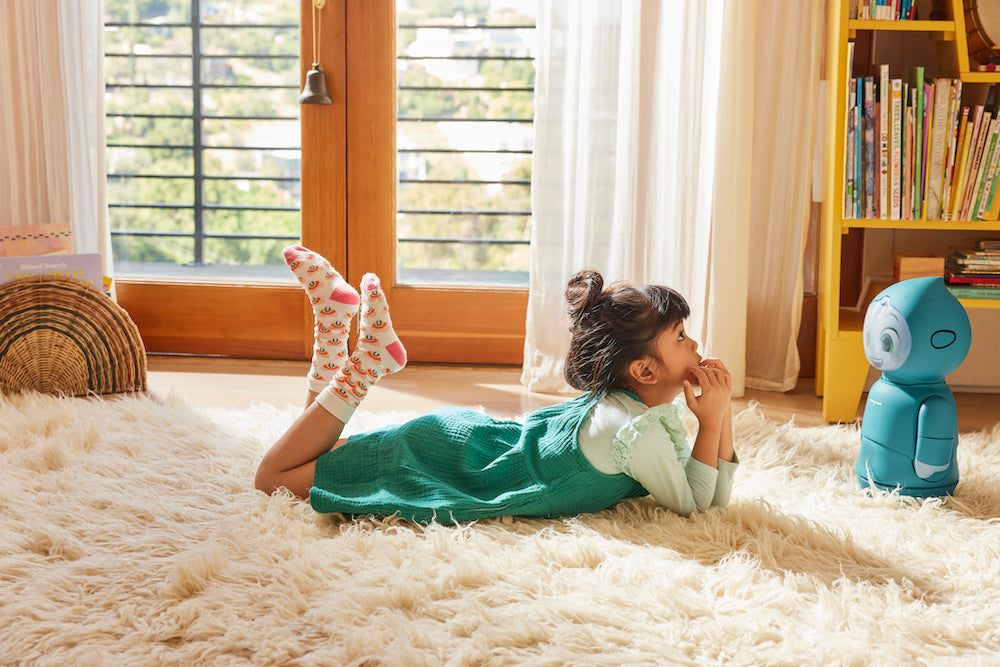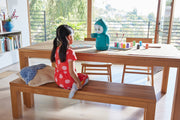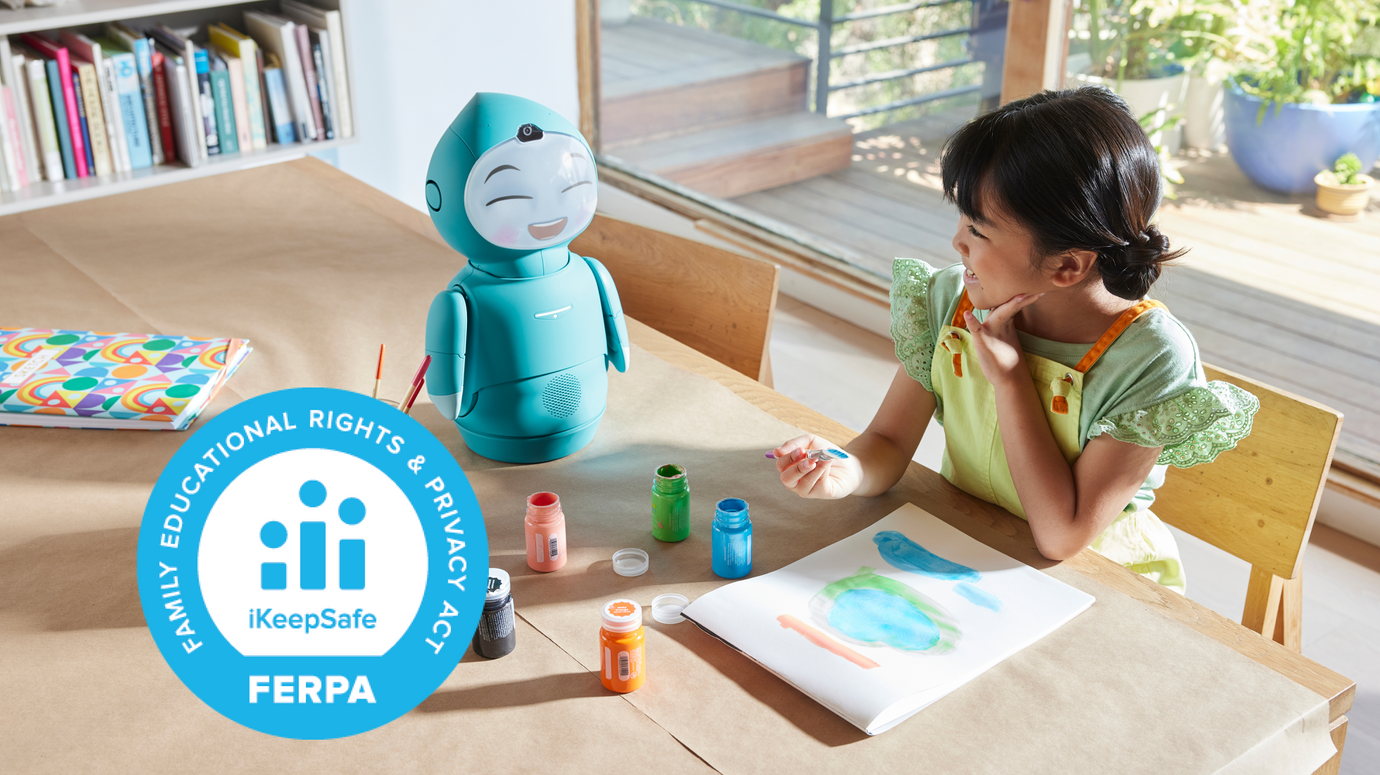How to Help Your Child Deal with Feeling Sad

With Moxie, your child will be encouraged to open up about their feelings and will learn helpful tools to manage their emotions. Here are some ways you can continue the learning your child is doing with Moxie and support them at home when they are feeling sad:
Recognizing the Signs
Children don’t always know how to verbalize their emotions, so it’s important to recognize signs that your child may be feeling sad. These may include:
- Acting more irritable, agitated, or aggressive than usual
- Seeming discouraged or withdrawn
- Declining to participate in activities that they usually enjoy
- Changes in sleeping habits, such as sleeping more or less than usual
- Changes in eating habits, such as loss of appetite
Sometimes sadness and feeling worried can go hand in hand. If you notice that your child is feeling sad or worried, try talking to them about how they are feeling. You can say, “It seems like you are feeling sad. Do you want to talk about what’s going on?”
Talking About Feelings
Create a safe space for your child to open up about their feelings. Here are some things to keep in mind when talking to your child about feeling sad:
- If your child’s sadness comes from a shared event, such as the death of a loved one or pet, it can be helpful to talk about your own feelings with them. Let your child know that you are feeling the same way, and share how you are coping.
- Try not to belittle your child’s feelings if they are upset about something that may seem small. Instead of saying “It’s just a balloon, we can always get another one”, you can say, “You feel sad that you lost the balloon, don’t you? You really liked it and now it’s gone.” It’s important to validate that feeling different emotions is okay.
- Remind your child that feeling sad doesn’t last forever, and that the feelings they are having will pass and that they will be okay again. It can be helpful to share an example of when this occurred for you.
- You don’t need to rush your child into feeling happy right away. There are tools to help, and they can be used, but it is also alright for your child to feel sad for a while and take time to sit with their feelings.
Using Helpful Tools
-
Animal Breathing: Your child has already done Animal Breathing with Moxie!
Ask your child to show you one of the animal breaths, or just say, “Moxie, let’s do Animal Breathing.” Good animal breaths for sadness are Bunny Breaths and Whale Breaths. - Imagine a Place: This is an activity your child can do with Moxie! To request this activity, say “Moxie, let’s imagine a place.” In this activity your child pictures a happy place in their mind, and thinks about how this place looks, smells, and feels. In the future if they ever feel sad, they can think about this happy place in their minds.
- Gratitude Journal: Have your child think of things that they are grateful for, and write or draw them in a journal.
- Drawing: If your child is having a hard time expressing their feelings, creating a drawing can help. Drawing can also help take their mind off their thoughts and feelings and help them feel calm.







